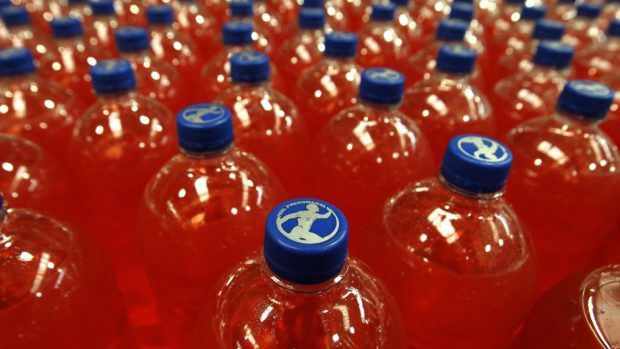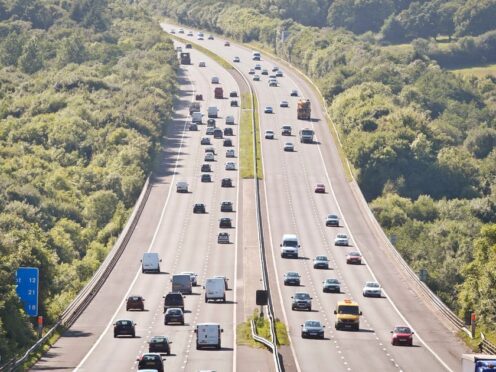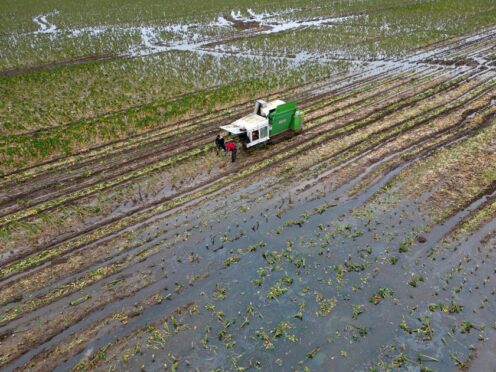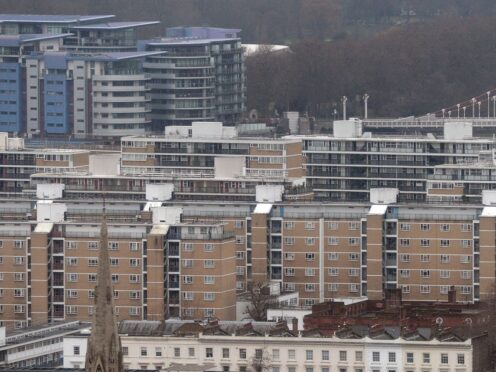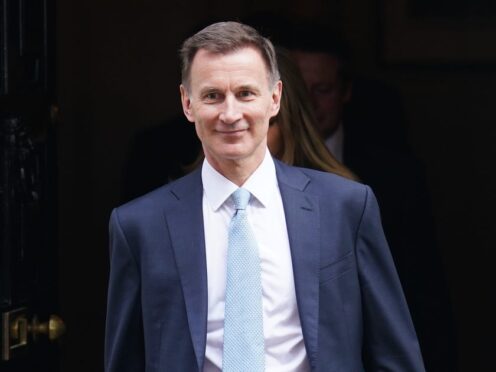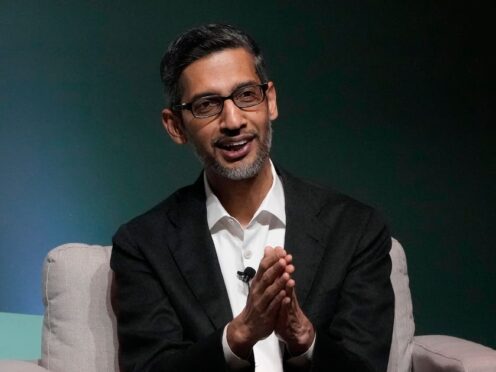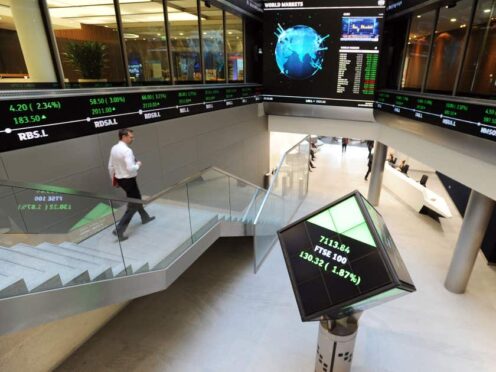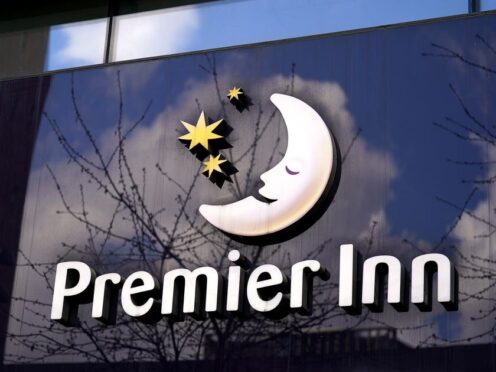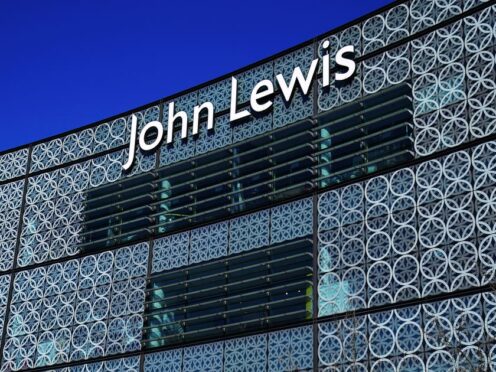The most sugary soft drinks are to be taxed at 24p per litre as part of plans to reduce childhood obesity, the Chancellor has confirmed.
Philip Hammond announced a two-tier levy of 18p on drinks with 5g of sugar per 100ml, and the higher 24p rate on those with more than 8g per 100ml.
Ministers confirmed plans late last year to push ahead with the tax on the producers and importers of soft drinks with added sugar, despite opposition from industry, which will be introduced from April 2018.
Responding to the Budget announcement, British Soft Drinks Association director general Gavin Partington said: “Given current increases in the cost of goods, we’re surprised the Treasury wishes to put more pressure on businesses and raise prices for hard-pressed consumers.
“It’s also ironic that the tax hits the soft drinks category, which has led the way in helping consumers reduce sugar intake – down nearly 18% since 2012. We are also the only sector with a calorie reduction target for 2020.
“We support the need to address the public health challenge the country faces, but it’s worth bearing in mind that there is no evidence taxing a single product or ingredient has reduced levels of obesity anywhere in the world.”
However the Obesity Health Alliance described the levy as a “bold, positive and necessary move we believe will help reduce the amount of sugar our children consume”.
A spokeswoman said: “There is evidence from other countries that show similar taxes have helped to reduce the amount of sugary soft drinks consumed.
“We’ve already seen a number of companies in the UK announce plans to reduce sugar content in their products, so clearly the potential impact is huge.
“This is a significant step in the battle against obesity and the Government should be applauded for its commitment to seeing it through.”
Pure fruit juices will be exempt from the levy as they do not carry added sugar, while drinks with a high milk content will also be exempt because of their calcium content.
Alcoholic drinks with an alcohol by volume of up to 1.2% (ABV) are included in the levy, although some of these drinks will be exempt.
The tax is expected to net £520 million in 2018/19, with a further £500 million in 2019/20 and £455 million in 2020/21.
